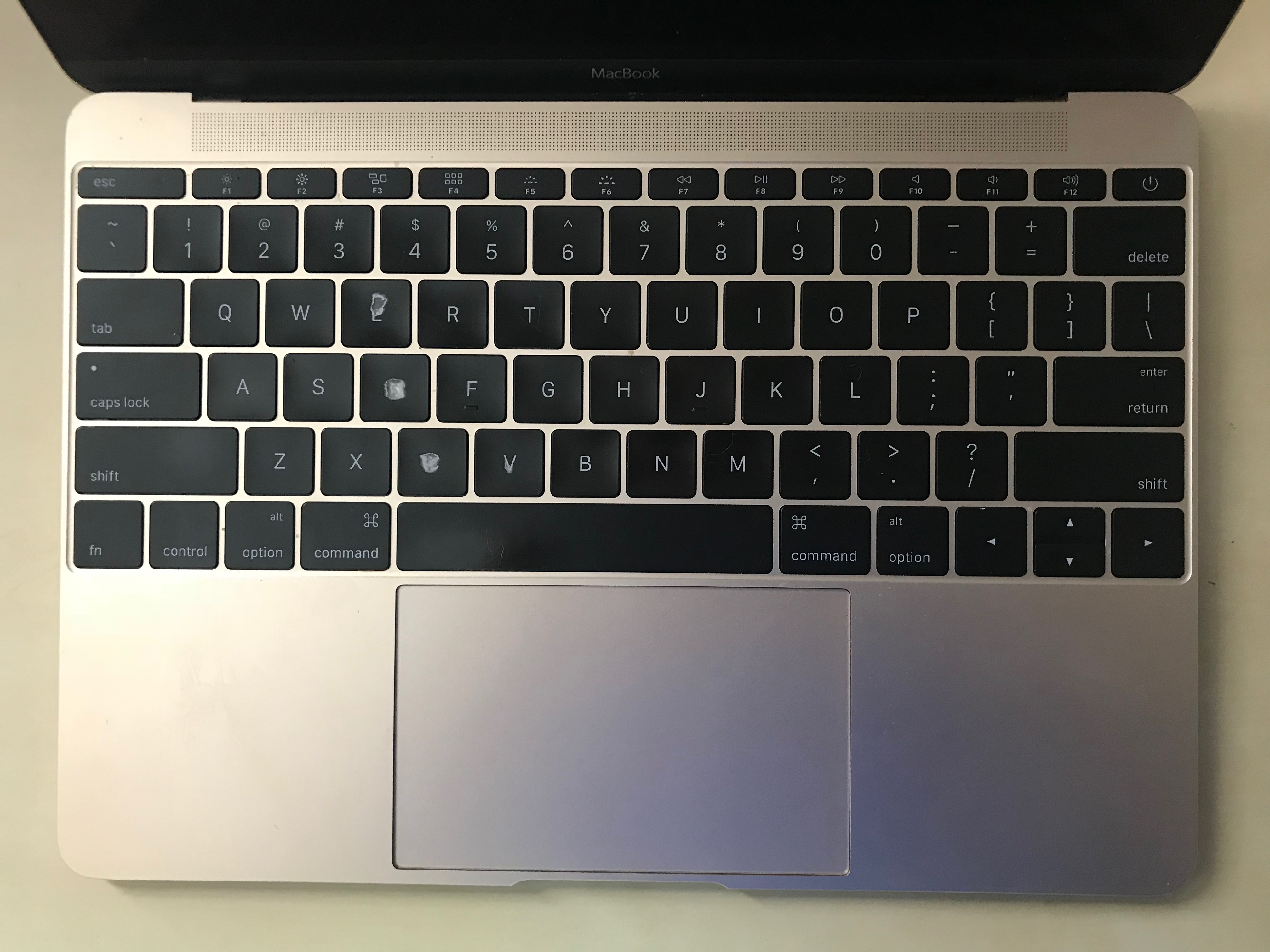

More importantly, though, each feature has a corresponding checkbox (checked by default), controlling whether or not the corresponding shortcut key sequence is enabled. Here you can turn off (or on, if you like) each of the three features: Sticky Keys, Toggle Keys, and Filter keys. Default keyboard ease of access settings.

(In prior versions of Windows, look in Control Panel, Accessibility Options).

In the Settings app, search for “ease of access” and click on Ease of Access keyboard settings when it appears. It’s also easy to turn off the detection that got you into trouble in the first place. The good news is, these features are easy to turn off. Which, of course, can lead to more keyboard-pounding. To be fair, Windows does ask before turning on these features, but if you hit Return by mistake and the feature gets turned on, it can be frustrating to try to get anything done if you don’t realize what happened. If you’ve held down the Num Lock key for five seconds, Windows will ask you about something called “Toggle Keys”, which beeps a tone whenever you press Caps Lock, Scroll Lock, or Num Lock. Filter Keys is a way to ignore brief or accidentally-repeated keystrokes. Eight seconds later, Windows thinks you’ve asked for something called “Filter Keys”. Perhaps you’re just lost in thought as your finger slowly descends on the Shift key. Windows does present a confirmation dialog, but that’s easy to miss if you’re still pounding your keys and happen to hit Return. When the Shift key is pressed five times in a row, Windows assumes you’re asking for Sticky Keys. Let’s say you’re frustrated with your computer and start hitting the Shift key (or in my case, alternately pounding on both Shift keys). Sticky Keys is enabled in two ways: in the settings app, or by pressing and releasing the Shift key five times in a row. It can seem like it’s “stuck” if you don’t realize what’s happening. Press and release it again, Shift is off. Press and release the Shift key, and Shift is on. Sticky Keys is a feature that makes the Shift, Alt, Ctrl, and Windows keys toggle instead of needing to be held down. Several of those options relate to the keyboard, and are fairly easily enabled.įor example, hitting the Shift key five times in a row. Windows includes what are known as “accessibility options” - also referred to as “ease of access” settings - designed to make the computer more usable by those with various physical challenges. You can disable this possibility by changing the corresponding “Allow the shortcut key” options in the Settings app. They all have corresponding shortcut sequences to turn on - which can be done accidentally. Sticky Keys, Filter Keys, and Toggle Keys are Windows features that modify keyboard behavior.


 0 kommentar(er)
0 kommentar(er)
